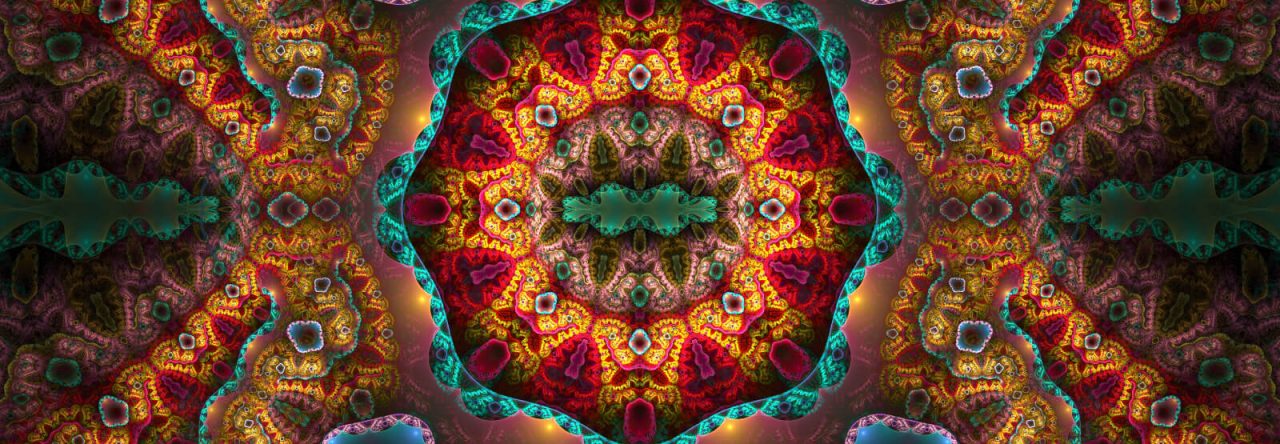Gyna stumbled wildly across the dim, cavernous room, wondering how much farther her trembling legs would bring her before she collapsed—and that would be the end. She listened for any sound other than thunder, wind and her own gasping breath, but the thumping had ceased, and the fiendish cackling had vanished. Not daring to hope that she might have lost her pursuer, she hastened into the only opening she saw ahead, a dark and empty doorway. Perhaps the blackness would hide her there?
A few paces past this exit, she glimpsed a faint light, seeping around a corner in the passage. Approaching more slowly and trying to quiet her panting, Gyna peered cautiously around the corner and saw a long, spiraling staircase, descending to what looked like a pool. The light, a pale greenish, sickly glow, seemed to be coming from something in the water . . . was there some sort of creature down there? Yes, it looked like something with tentacles, and a big something at that.
It figures, she thought, with a sort of frantic bitterness. After all this, now a water monster. Well, what should I have done?
She took a few small steps backward, her thoughts scrambling for some other way out, when something rough sprang around her and knocked her down—a net. The witch had caught up, without a sound.
